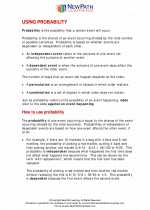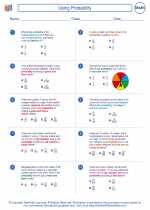What is a Decimal?
A decimal is a way of representing a part of a whole number. It is used to express numbers that are not whole. Decimals are based on powers of 10, and they are written to the right of the decimal point. The decimal point separates the whole number part from the fractional part.
Parts of a Decimal
In the decimal 25.75, the whole number part is 25 and the fractional part is .75. The decimal point separates the whole number and the fractional part.
Place Value of Decimals
Each digit in a decimal has a place value, based on its position to the right of the decimal point. The place values of decimal digits are powers of 10, but they are negative powers of 10. For example, in the decimal 25.75, the 5 is in the tenths place, and the 7 is in the hundredths place.
Converting Decimals
Decimals can be converted to fractions and vice versa. To convert a decimal to a fraction, you can use the place value of the decimal. For example, the decimal 0.75 can be written as 75/100, which simplifies to 3/4.
Operations with Decimals
Decimals can be added, subtracted, multiplied, and divided just like whole numbers. When performing operations with decimals, it is important to align the decimal points and carry out the operation as usual.
Rounding Decimals
Rounding decimals involves choosing a specific place value to round to. For example, to round the decimal 3.789 to the nearest tenth, you would look at the digit in the hundredth place. If it is 5 or greater, you round up; if it is less than 5, you round down.
Study Guide
- Understand the place value of decimal digits.
- Be able to convert decimals to fractions and vice versa.
- Practice performing operations with decimals, such as addition, subtraction, multiplication, and division.
- Learn how to round decimals to a specified place value.
- Review real-world applications of decimals, such as money and measurements.
◂Math Worksheets and Study Guides Seventh Grade. Using Probability

 Worksheet/Answer key
Worksheet/Answer key
 Worksheet/Answer key
Worksheet/Answer key
 Worksheet/Answer key
Worksheet/Answer key
